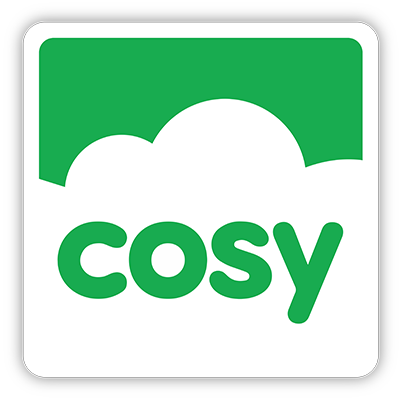Represent all Cultures in Your Setting
Why Representation Matters
With children growing up in increasingly diverse communities, we really need to reflect on how our settings and schools represent different cultures. Although we are now well into Black History month, this should not be a tokenistic gesture with black culture only celebrated at particular times. Rather, identity, race and culture should form part of our curriculum. Our environments and resources must reflect those of children attending the provision, as well as the wider community.
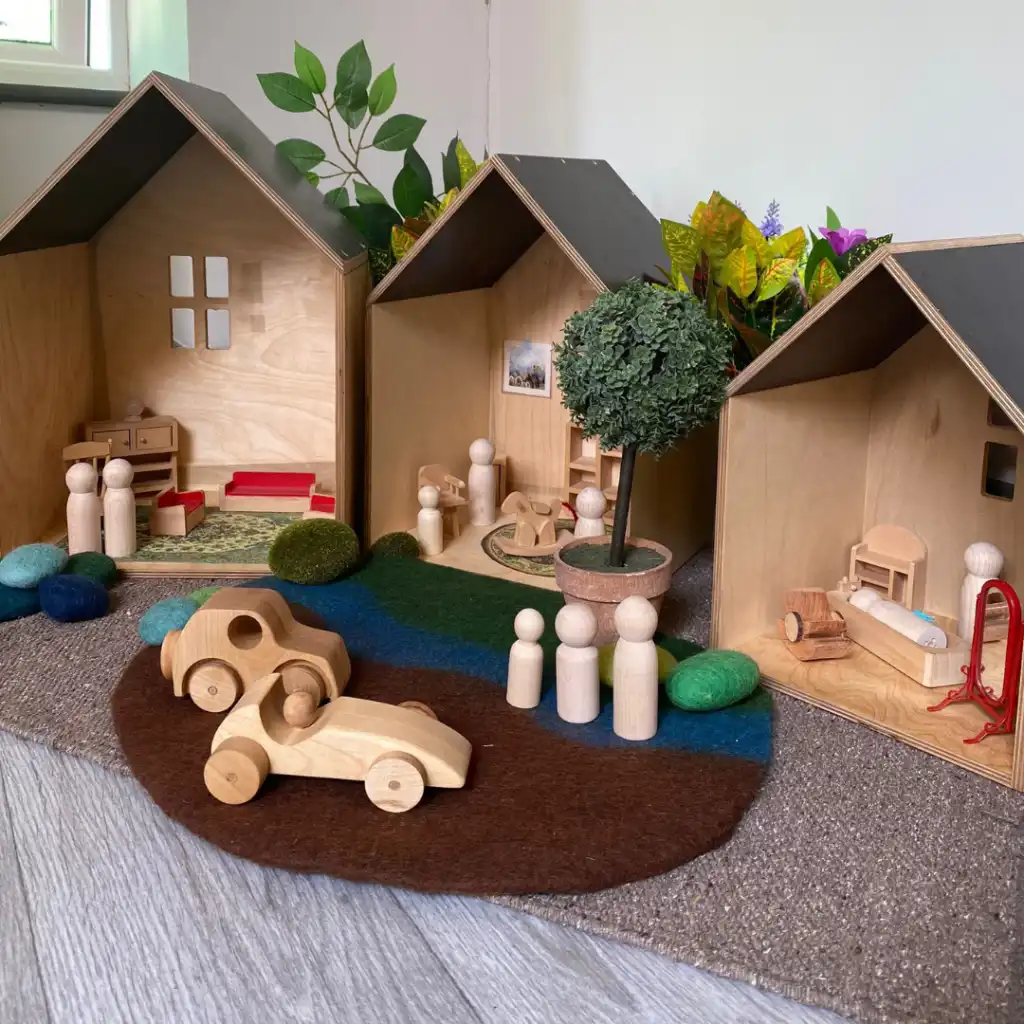
Educators in Early Years and beyond have a vital role to play in nurturing young minds, inspiring conversation and play which is diverse and represents positive attitudes. Consider the environment - do your displays, resources and books promote racial diversity? It is through the environment and our interactions with it that talk develops and children learn about cultures, languages, beliefs and traditions. This understanding is important as it can begin to shape young minds and their views on the world, leading to acceptance that we can all be unique to no less worthwhile as a person and member of society.
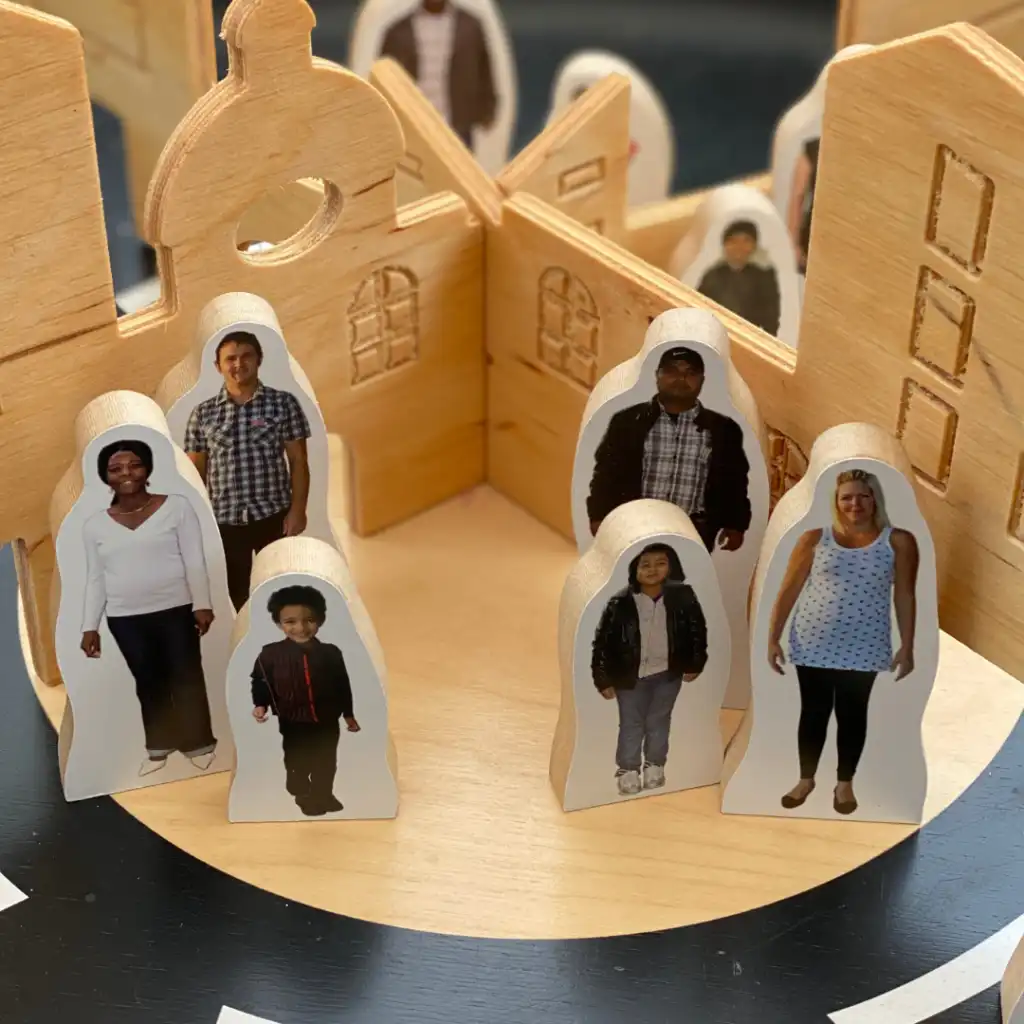
All children in our settings and schools must see themselves represented in the practice and provision. But why is this important? All children join us from different backgrounds and cultures with varying knowledge, skills and experiences - this is what makes them unique. For some children, this uniqueness is already embedded within our curriculums through the perspective of a white, western lens. However, for other children, this is not the case and they can begin to see themselves as the minority, leading to negative impacts on their development. When children see themselves, families and cultures represented in their environment, they feel recognised, like they belong. This builds confidence, self esteem and autonomy as they feel valued in the space where they play and learn. The setting, and the people in it, become a place that can be trusted. In taking this approach whereby diversity is celebrated, it becomes more than a tokenistic gesture which can happy through themes, topics and seasonal celebrations. Representation matters always, not just at particular times.
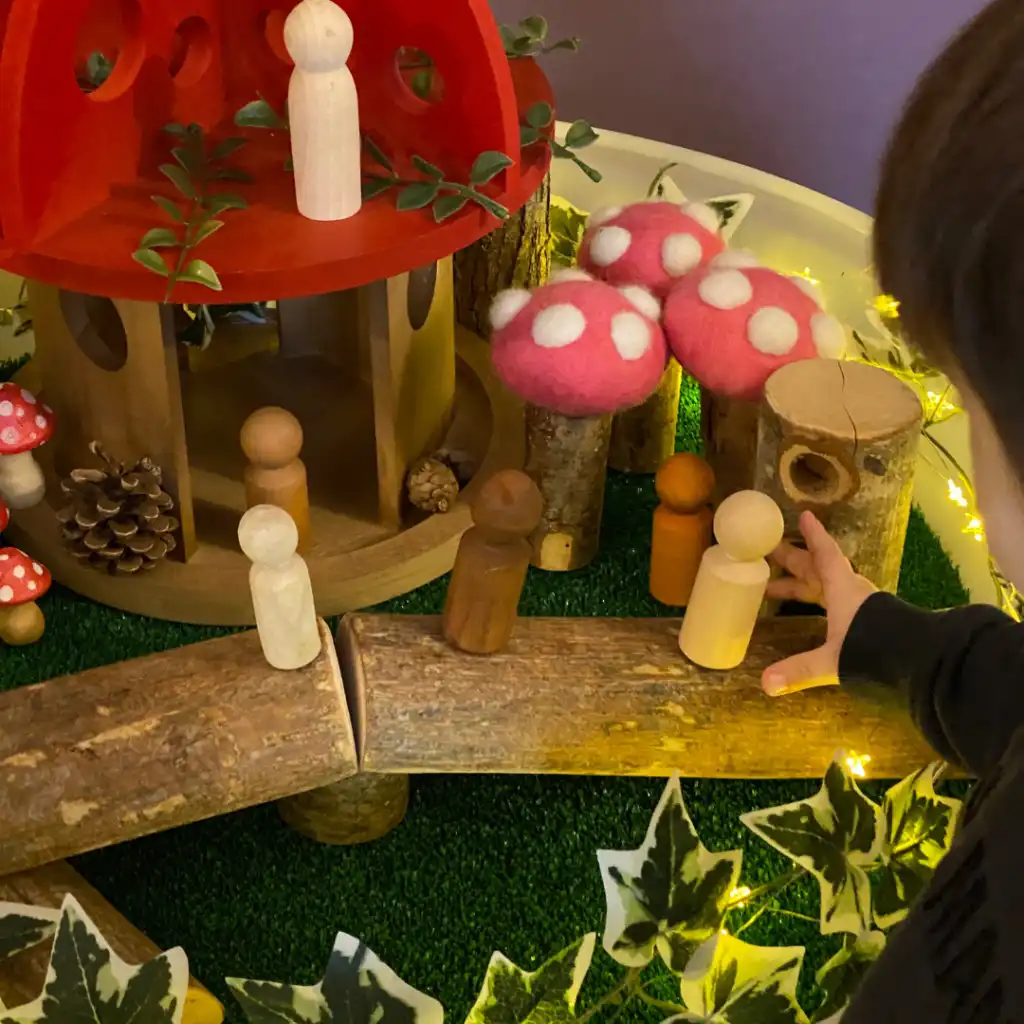
Things to consider:
Have you audited your provision lately, taking into account how well your books, musical instruments, role play, displays, art and craft materials and small world resources are culturally representative?
Do you have a policy in place to manage racism should it occur?
Are staff using positive language in relation to cultures, ethnicities, religions and traditions?
What processes do you have as part of your induction procedure to educate staff on your ethos around diversity and inclusivity?
Does your curriculum promote diversity and encourage representation?
Have you and your team accessed training on race and equality?
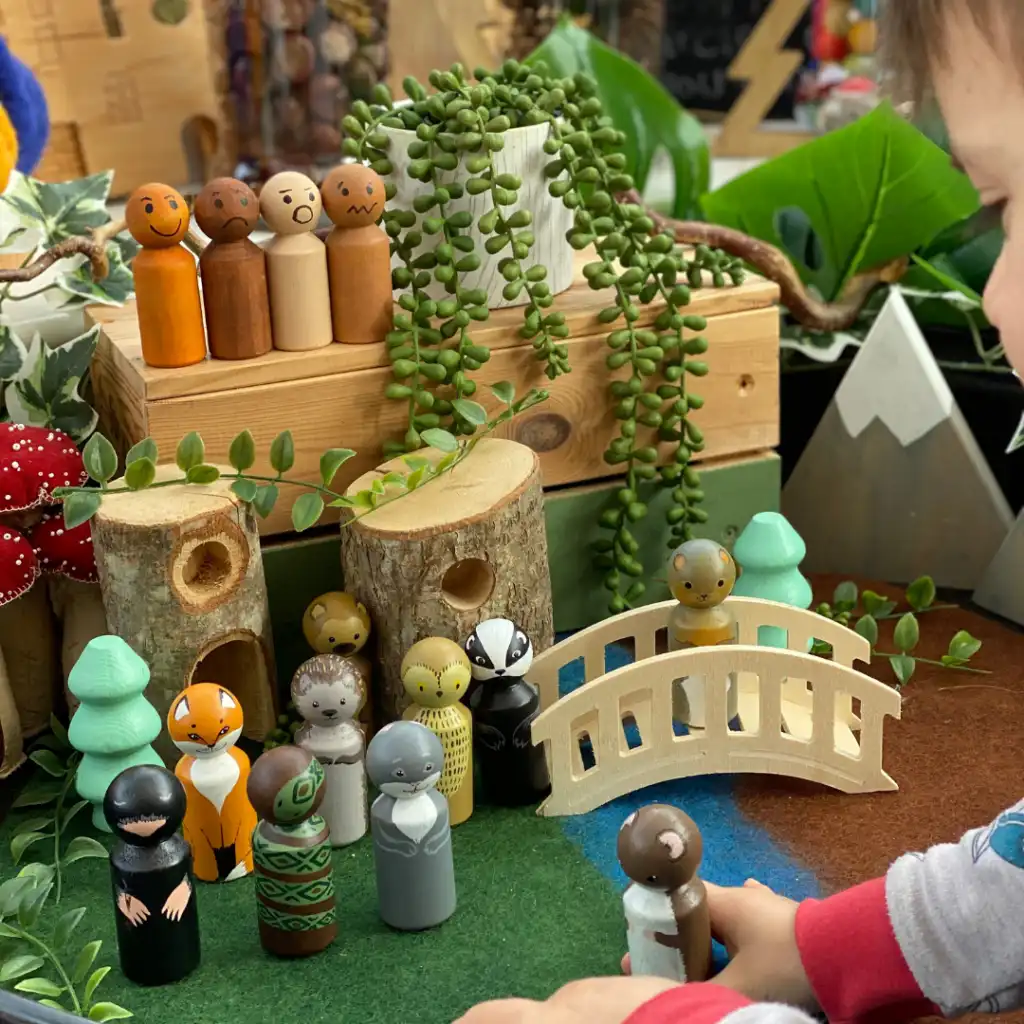
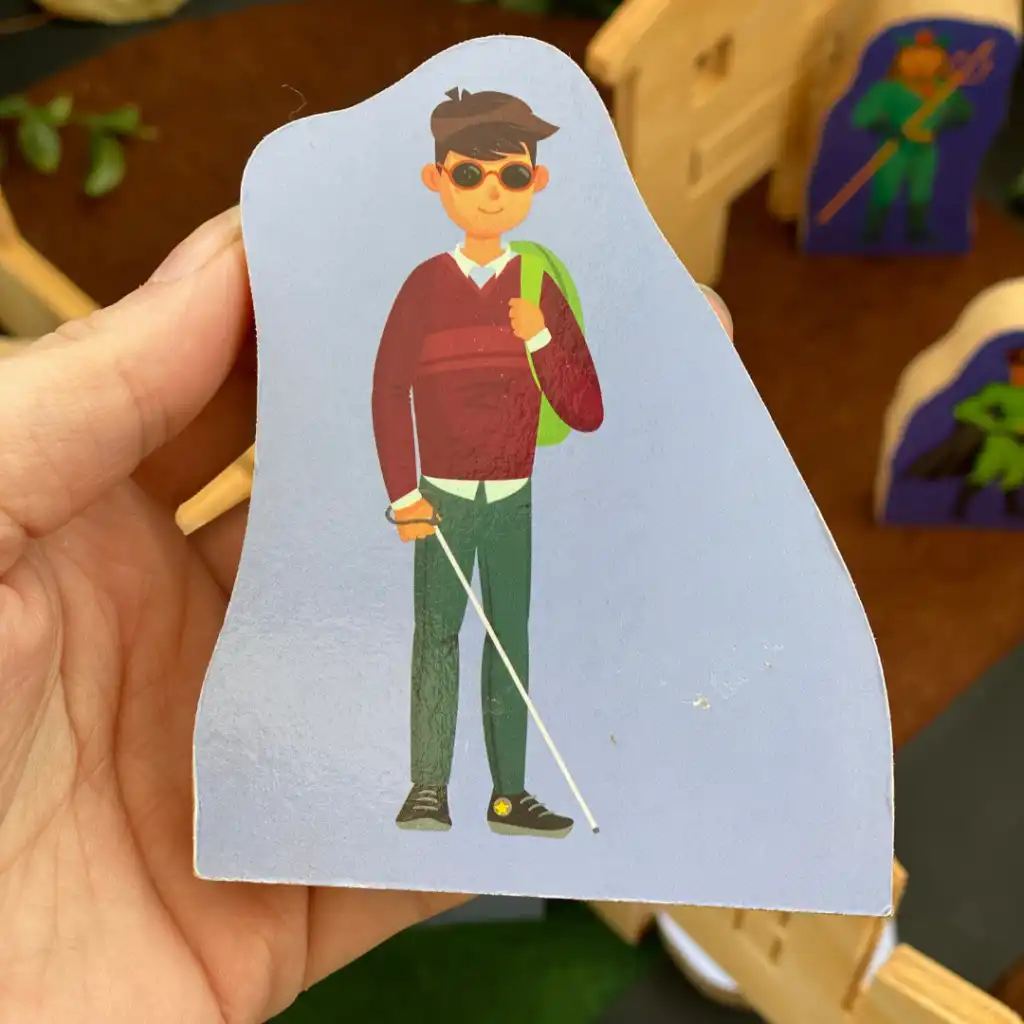
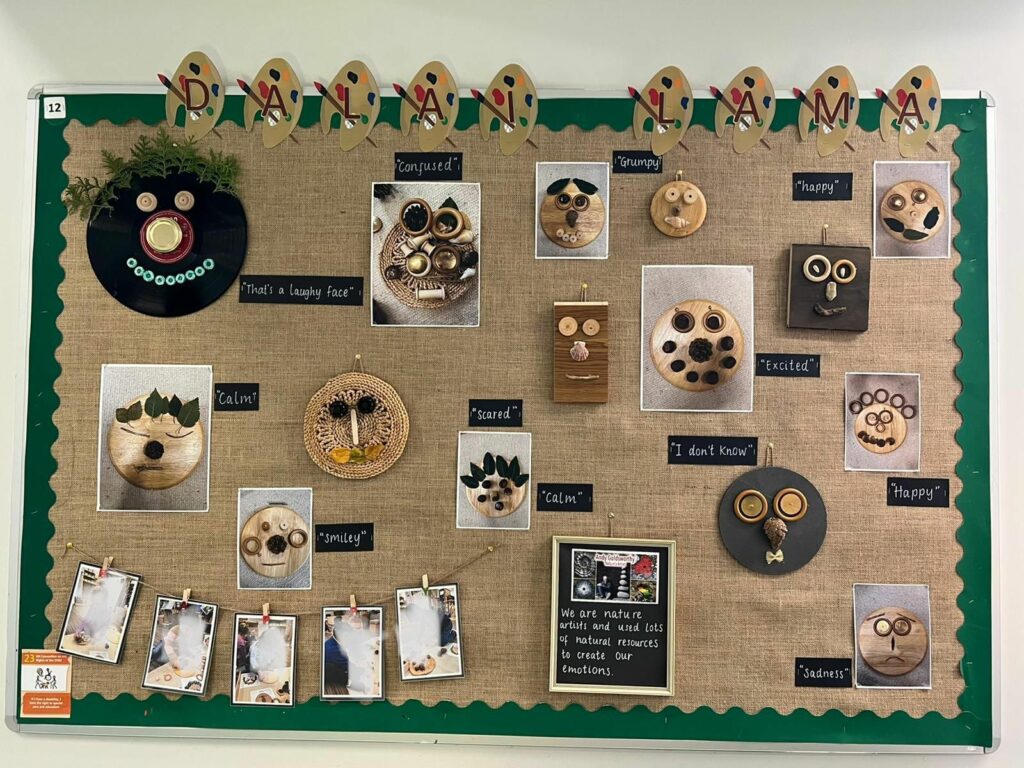
Finally...
We all play a part in creating happy, nurturing and safe spaces where diversity is celebrated. This needs to be proactive, rather than reactive, acknowledging that we have responsibilities in line with the United Nations Convention on the Rights of the Child. All children should have opportunities to have their voice heard and grow up in a world where they are not discriminated against. We hope this blog post has inspired you to reflect on your practice and provision.

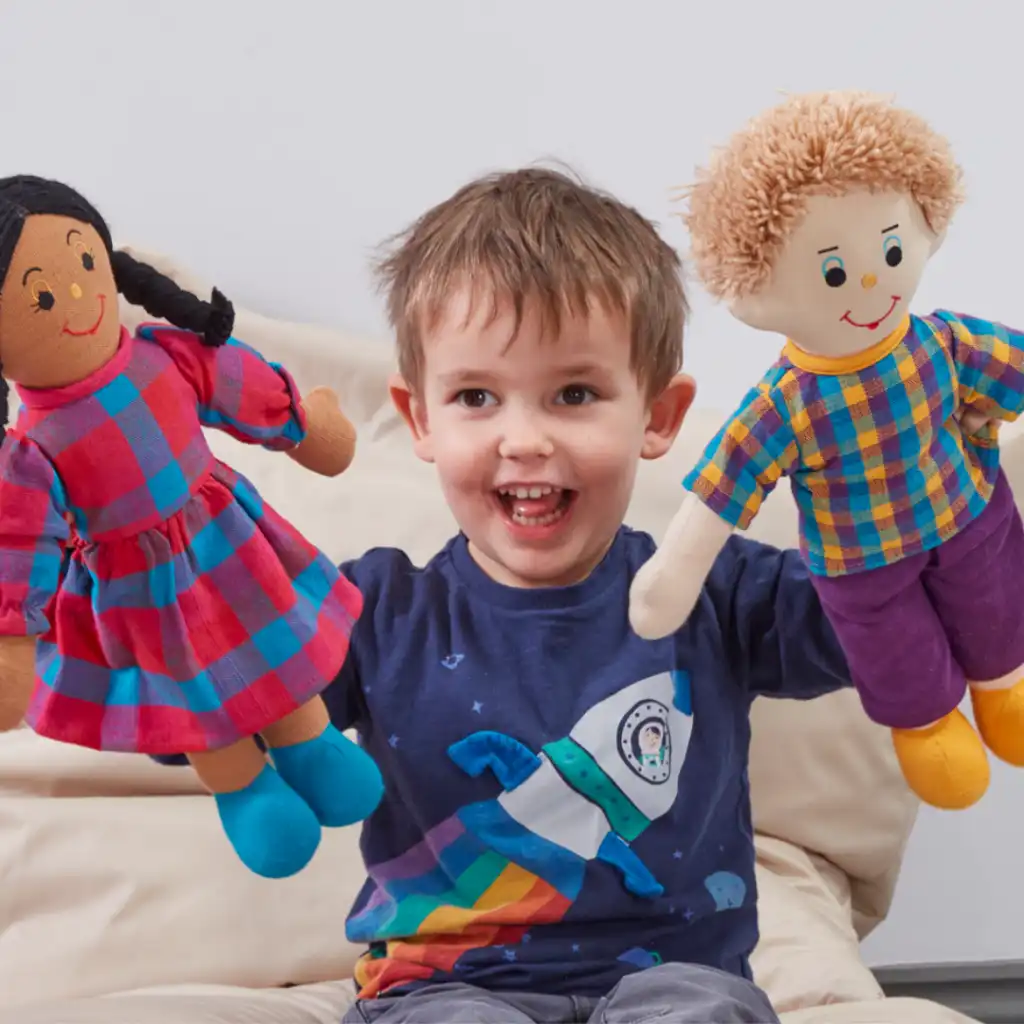
Facebook: https://www.facebook.com/cosydirect/
Twitter: https://twitter.com/cosydirect
Instagram: https://www.instagram.com/cosydirect/
